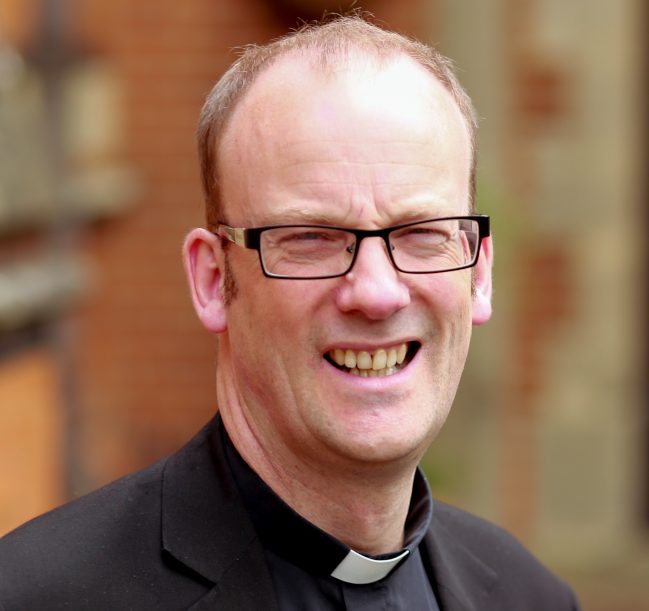I remember travelling to America with my brother Tim in the mid 1990’s and during a storm on the Outer Banks of North Carolina I recall hearing an advert on the television. It was a legal company asking the viewer whether they had been involved in an accident at work or indeed at play to see whether they might be entitled to compensation. It wasn’t long before the blame culture arrived in Britain and life changed. It is clear that all of us need to be accountable for our decisions in life, and organisations and individuals need to keep people safe and indeed help people to feel valued and respected. However, a blame culture can have negative impacts such as people wary of being a ‘Good Samaritan’ to assist a person on the side of a road for fear of getting something wrong for which they might be held accountable. Equally, do we ever do a job badly or get things wrong perhaps, even through a lack of effort, or is it the organisations fault for lack of training, empathy and so on? There are of course no clear cut answers here but I just want to share a book and a film that raises the issues of accountability and blame.
Beginning with Matthew Syed’s excellent book called ‘Black Box Thinking’ which basically shows how successful people and organisations grow through learning from mistakes. He writes about James Dyson spending years and re-mortgaging his home even with a young family to support before finding the vacuum cleaner of all vacuum cleaners with incredible suction that left every housewife/man feeling satisfied after a day’s work. My mother is not a fan as the Dyson is far too heavy to lift for her! Alongside the cleaner and hand dryer genius we discover David Beckham’s constant practice in keeping a football under control when he was a child. Complete waste of time this as Beckham still didn’t get England to ‘Bring Football Home!’ Syed’s book followed his excellent first book ‘Bounce’ where we can all become good at something with 10,000 hours practice. Mozart creates some half decent music, Gower makes a flowing cover drive, world champion chess players beat IBM computers even though the computer has many more potential moves. The computer wins these days I believe. Syed’s basic argument that hours of practice and hard work and learning from mistakes will win the day.
The key comparison made in ‘Black Box Thinking’ is that between the airline industry and the health service. To keep the argument simple the Airline Industry’ has learned from mistakes such as an individual pilot focussing on the problem of his landing equipment not working and in so doing forgetting that he was short of fuel. A lower ranked colleague had pointed this important issue out to the pilot but to no avail. Talking to a pilot recently he told me that team work is vital now and the collective group assist with decision making. Alternatively The Health Service has not always learned from lessons. Syed starts his book with ‘A routine Operation’ where preventable error has led to serious illness or tragically death. Syed points out that we are quick to blame which can lead to cover up of mistakes. Equally we certainly want to cover up our own mistakes and, therefore, potential learning to improve does not take place.
The film is ‘Sully: Miracle on the Hudson.’ Directed by Clint Eastwood with Tom Hanks playing the lead role it is a film about the story of Chesley ‘Sully’ Sullenberger, the pilot who performed the emergency landing of US Airways Flight 1549 on the Hudson River, in which all 155 passengers survived. I watched the film about a month ago and it highlights the subsequent publicity and investigation that the pilot and co-pilot were claimed to have gone through. It created controversy with the fictionalised way the Transportation Safety Board were seen as close minded and seeking blame. Three minutes into the flight the Airbus A320 gets caught up in a flock of birds and both engines malfunction. Sully judges that he cannot return the plane safely to one of two airports and so lands on the Hudson. The pilot I spoke to said Sully had thought this through in his mind previously in case the event ever occurred.
The National Transportation Safety Board claimed that one of the engines hadn’t completely failed and that computerised simulations showed that there would have been time to return to one of the two airports. Sully in the film argued that the pilots using flight simulation were able to practice whereas when you are in the situation you barely have time to think. In reality, it is thought the plane would have fallen short of La Guardia runway or crashed into buildings on route to Teterboro airport. Sully was cleared and the investigator in charge Robert Benzen agreed that safe return to an airport was not assured. It would appear that the film represented an overly critical view of the National Transportation Safety Board. My reaction to this film was Sully saved everyone’s life. Surely that is something to celebrate.
What does this blog try to say? Basically that my mother doesn’t like Dyson cleaners but perhaps also that yes we need to be accountable for our actions but if we are to learn from our mistakes we need to question the blame culture that pervades.
Blessings,
Fr Jeremy


Join the conversation